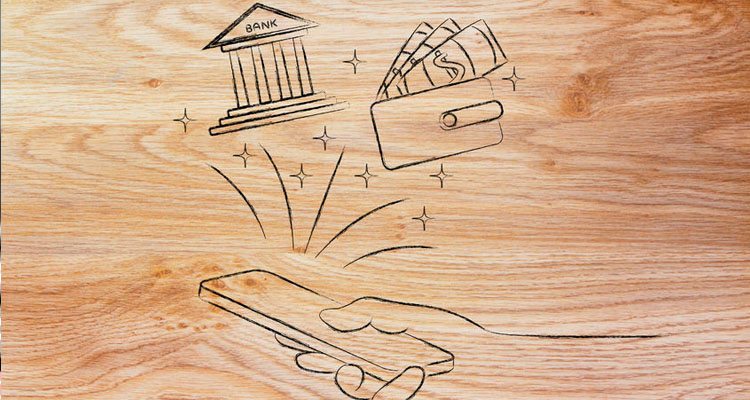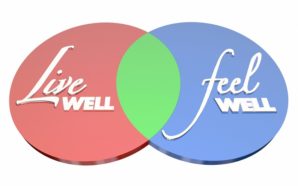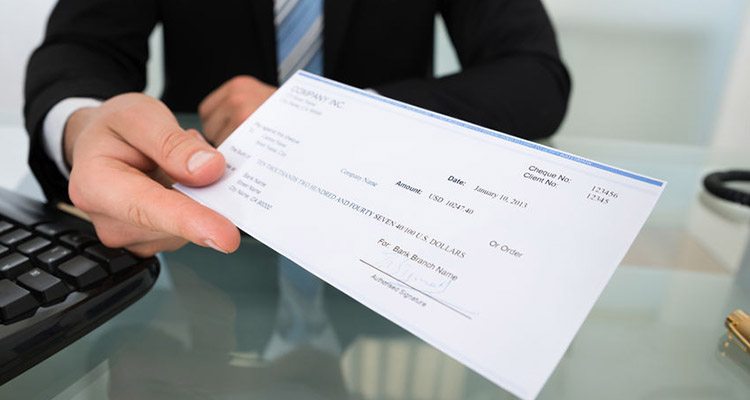Filing for Bankruptcy – Can it Fix Your Debt?
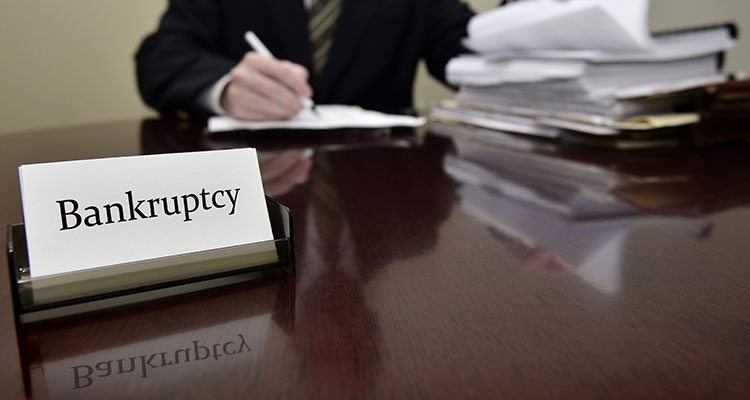
Being in debt can be a traumatic experience, with the weight of your loans pushing down on you, lenders and creditors beating down on your door and no matter how much you try, you can’t seem to reduce your debt burden. It is at this time that many people think about filing for bankruptcy. The question is, will filing for bankruptcy actually fix your problem and make your debt go away? The answer is a little complicated. Yes, a part of your debt would be taken care of, but not all of it. What this process does is help you make a fresh start.
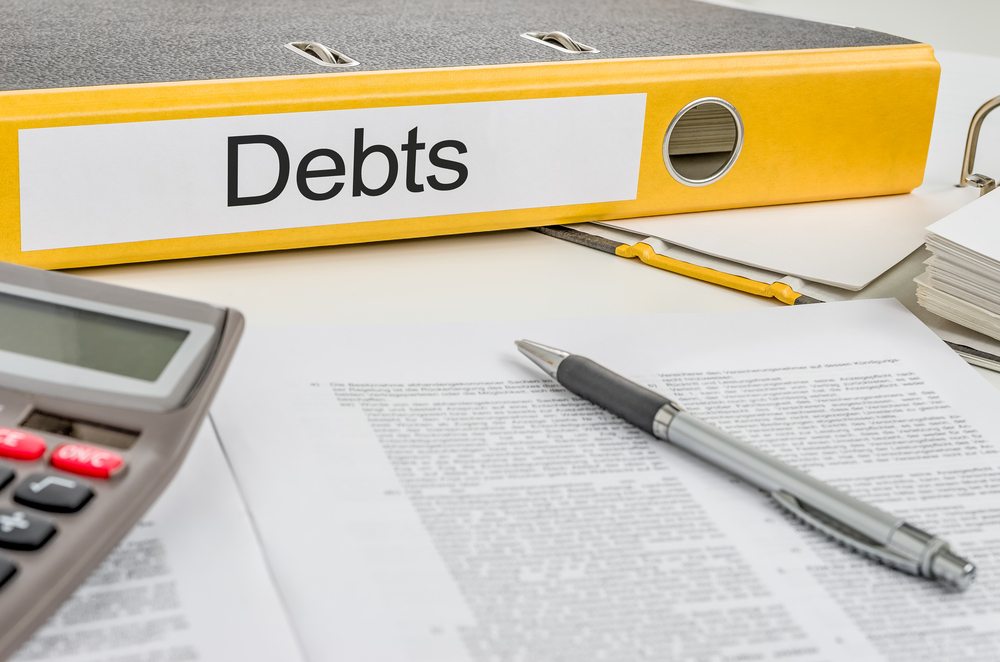
Current Bankruptcy Stats
According to data from the US Trustee Program, about 773,000 individuals as well as businesses are expected to either reduce or wipe out their debt through the bankruptcy program in 2018. While this is far below the 2010 peak of 1.5 million people filing for bankruptcy, it is still higher than last year’s estimate of 685,000. And according to the Federal Reserve Bank of New York, household debt has gone up for the fifth year in a row and now stands at $13.5 trillion. $8.8 trillion of this debt is due to mortgages. Student loans comprise $1.4 trillion, with $1.2 trillion worth of debt in car loans and $1 trillion in credit card debt.
Filing for Bankruptcy
According to a legal editor with Nolo, who is also a bankruptcy and litigation attorney Cara O’Neill, most people look at filing for bankruptcy as the last possible option. In fact, most would prefer to tap their retirement funds than file for bankruptcy. This she says is the biggest mistake that one can make. Retirement funds such as 401(k) plans as well as individual retirement accounts are protected during bankruptcy filings. Inherited IRA’s though, don’t get the same benefit. So using up savings to try and pay off your debts cripples your future and also may simply just postpone the inevitable.
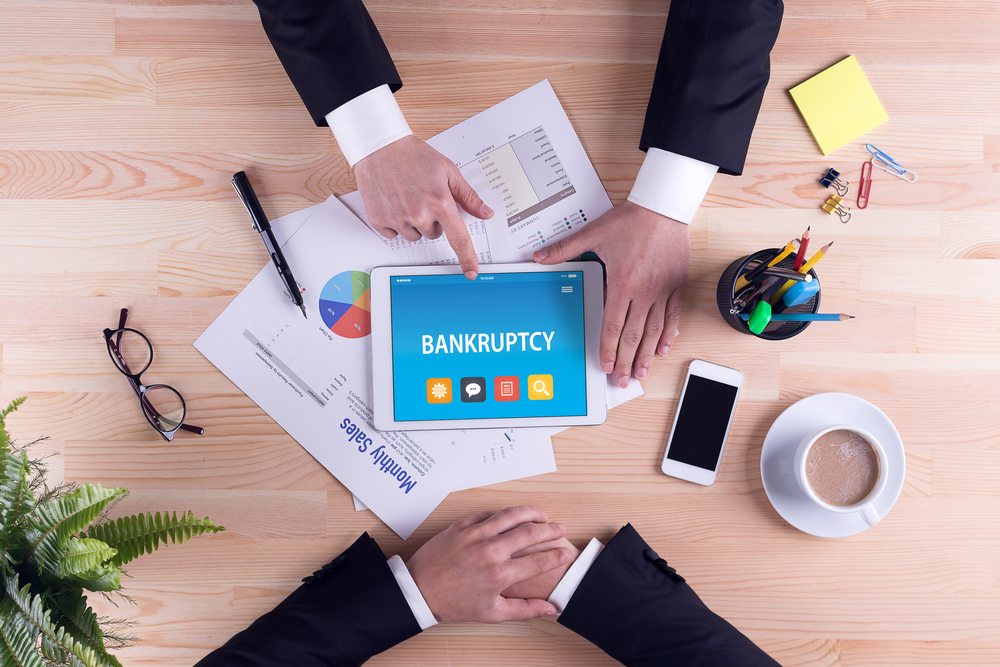
Things to Keep in Mind when Filing for Bankruptcy
If you are at the stage where you need to file for bankruptcy, then here are a few things you need to keep in mind.
- Bankruptcy doesn’t make all debts go away
If you think all your debts will be washed away when you file for bankruptcy, you are mistaken. There are certain debts that you are expected to pay, no matter what. These include student loans, alimony, taxes, child support, real estate liens and luxury items.
- Type of Bankruptcy
There are many different types of bankruptcy, so depending on your situation, you would need to apply for a particular type. The US Bankruptcy Code lists out and explains the different types of bankruptcies there are.
- Bankruptcy is not free
The process of filing for bankruptcy is not free. According to Debt.org, filing for bankruptcy currently costs between $1,500 and $4,000. Before you take the decision to file for bankruptcy, it would be a good idea to meet with a reliable credit counselor to explore all your options.




